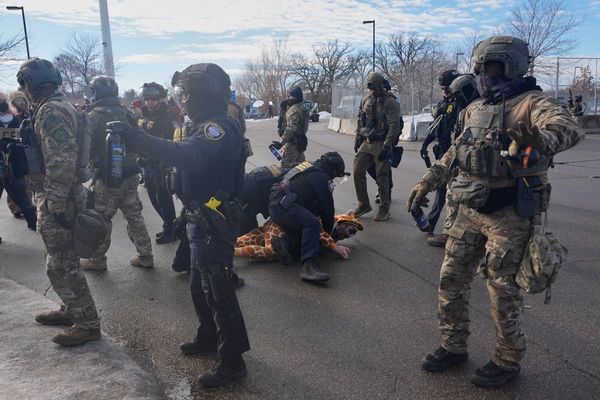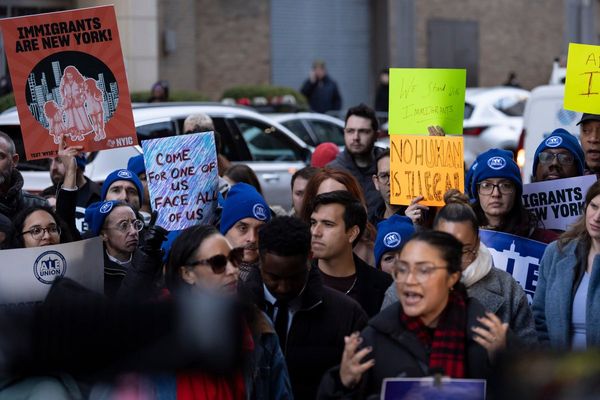Racial segregation in schools across the country has increased dramatically over the last three decades, according to two new reports and an Axios review of federal data.
Why it matters: As the U.S. marks the 70th anniversary of the landmark Brown v. Board of Education ruling on Friday, American public schools are growing more separate and unequal even though the country is more racially and ethnically diverse than ever.
- Decades after Brown and the 1964 Civil Rights Act, the U.S. has moved toward policies that increased the isolation of Black and Latino students by race and poverty.
- This month, Axios will commemorate the May 17, 1954, Supreme Court decision — that "in the field of public education the doctrine of 'separate but equal' has no place" — by examining the state of public schools and how these new inequalities have emerged.
The big picture: The resegregation of America's public schools coincides with the rise of charter schools and school choice options, and as civil rights groups have turned away from desegregation battles.
- Segregated schools disproportionately hurt Black and Latino students since those schools tend to have fewer resources, more teacher shortages, higher student-to-school counselor ratios, and fewer AP class options.
Zoom in: Schools on average have become less white and more Latino, Asian American, and multiracial. But students of color are going to schools with fewer white students and fewer resources, a UCLA Civil Rights Project report found.
- Though 45% of all U.S. students were white, the typical Black student attended a school that was 76% nonwhite in 2021.
- The average Latino student went to school that was 75% nonwhite.
State of play: Analyzing data from U.S. public schools going back to 1967, a Stanford and the University of Southern California study found that segregation between white and Black students has increased by 64 percent since 1988 in the 100 largest districts.
Stunning stat: The number of intensely segregated schools, defined as schools that are 90-100% nonwhite students, nearly tripled from 1988 to 2021, according to the UCLA analysis of federal data.
- In 1988, about 7.4% of the nation's schools were intensely segregated.
- By 2021, that number had ballooned to around 20%.
By the numbers: Several states saw about a 20-percentage point or more increase in intensely segregated schools, from 1988 to 2021.
- California's intensely segregated schools increased sharply, spiking from 11% to 44%.
- Maryland, New Mexico, Nevada, and Texas had some of the largest percentage point increases in intensely segregated schools.
Yes, but: White children now seldom attend schools where all the students are white, the Civil Rights Project report found.
- There were 551 public schools that were all-white in 2021, down from 5,339 in 1990.
- The report also found that white students are experiencing greater contact with Black and Latino students even as those students see less contact with white students.
What they're saying: "People became convinced that desegregation didn't work, and you couldn't do it. And so there's just a lack of attention to this," Patricia Gándara, co-director of the Civil Rights Project, tells Axios.
Zoom out: A Supreme Court 1991 decision that terminated desegregation plans in Oklahoma City took some teeth out of the 9-0 Brown decision declaring separating children in public schools by race was unconstitutional.
- White flight to the exurbs have contributed to resegregation, but so have charter schools, which at times can pick and choose who they can accept, Gary Orfield, co-director of the Civil Rights Project, tells Axios.
The other side: Debbie Veney of the National Alliance for Public Charter Schools tells Axios neighborhood schools and charters are not causing racial segregation, but simply serving the students who appear at their doorsteps.
- "The researchers might instead focus on why white families move from neighborhoods and pull their children out of schools when too many Black, Brown or low-income kids start showing up. When we try to integrate, they leave."







